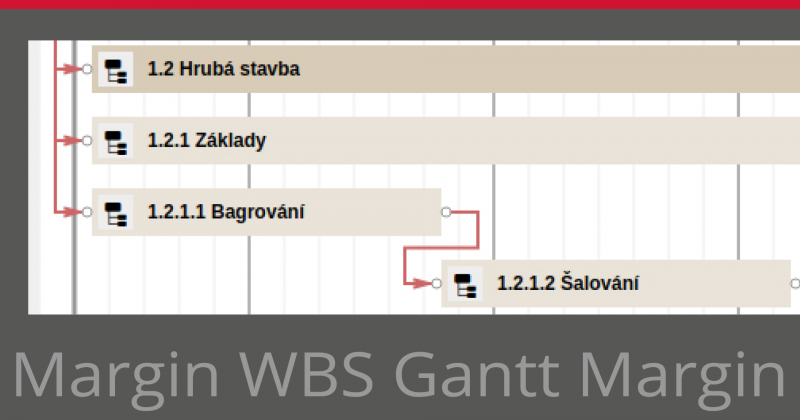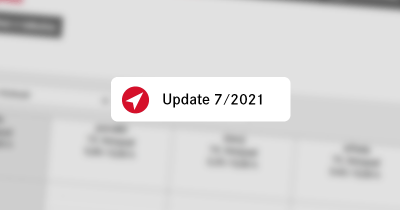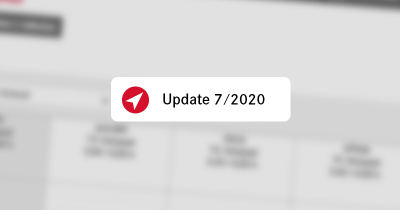The earlier you make a mistake in planning and managing a project, the greater the impact. These few tricks will help you prevent them and keep your projects profitable.
Keep the margin
If you conceive of the project in such a way that the margin is what is left when the project closes, then slowly prepare for a loss. After all, the basic purpose of a company is to make money and to grow. Sure, you want to do useful and beautiful projects. But if many are loss-making, the company will not survive for long.
For this reason, Navigo guides users to enter a gross margin before dividing the project into subcontracts and in-house work. It’s simple: Margin is an essential attribute of a project and if you can’t maintain it, the project is not worth doing. The only exception may be in the case of planned non-profit projects, where we do not count on the margin from the very beginning.
Choose the right tools
Different tools are suitable for different complex plans, and Navigo offers several of them for planning your own work. Choose them according to the complexity of the projects. On a small project, you’ll just eat into your margin by planning for a long time. A large project, on the other hand, risks big losses if you don’t plan in enough detail.
For the simplest projects, you only need to set the total price and margin. This will give you the simplest thermometer that will still indicate whether the project is okay or not.
Slightly more complex projects deserve a breakdown of costs per profession. With such a plan, you will already conjure up full-fledged thermometers that will, for example, show the overrun of individual professions.
For even more complex projects, you can start using allocations to start scheduling individual activities to specific people. Using the allocations will automatically start the capacity plan. You can see right away whether the employee is able to complete the task at all, given their workload on other projects.
And if you feel you need to structure your allocations and subcontracts, use the WBS (Work Breakdown Structure). This allows you to break the plan down into smaller plans – stages, building units, departmental work, …
The plan is not a golden calf
The plan is not important, the planning is. No matter how hard you try, you can still forget something. Somewhere you get the number of hours or the price of a subcontract wrong. Or you set the wrong date. That’s life, you have to accept it.
However, the impact of such an error can be reduced by not taking the plan as an inviolable idol, but adjusting it continuously according to reality. If you make changes to the plan immediately after you discover it, then the chances of mitigating the impact of this error are greatly increased. Navigo supports this behaviour, the plan is flexible.
What’s next?
More tips and tricks can be found in our e-book The Road to Black Numbers, which is free to download.




